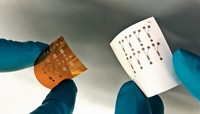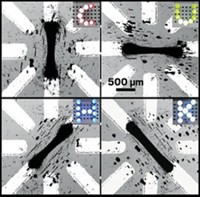Advertisement
Grab your lab coat. Let's get started
Welcome!
Welcome!
Create an account below to get 6 C&EN articles per month, receive newsletters and more - all free.
It seems this is your first time logging in online. Please enter the following information to continue.
As an ACS member you automatically get access to this site. All we need is few more details to create your reading experience.
Not you? Sign in with a different account.
Not you? Sign in with a different account.
ERROR 1
ERROR 1
ERROR 2
ERROR 2
ERROR 2
ERROR 2
ERROR 2
Password and Confirm password must match.
If you have an ACS member number, please enter it here so we can link this account to your membership. (optional)
ERROR 2
ACS values your privacy. By submitting your information, you are gaining access to C&EN and subscribing to our weekly newsletter. We use the information you provide to make your reading experience better, and we will never sell your data to third party members.
Materials
Rock On With Carbon Nanotubes
Nanotube-based earbuds generate sound through the thermoacoustic effect
by Journal News and Community
October 7, 2013
| A version of this story appeared in
Volume 91, Issue 40
A new type of headphone that produces sound by heating up carbon nanotubes could prove to be more durable than conventional speakers that rely on moving parts, according to a report in Nano Letters (2013, DOI: 10.1021/nl402408j). On a microchip in the headphones, alternating current passes through carbon-nanotube yarns, heating the material and the surrounding air. As the air warms, it expands, and as it cools, it contracts. This expansion and contraction creates sound waves. The phenomenon is called the thermoacoustic effect. Researchers at Tsinghua University, in China, fabricated the chip by patterning silica with 200-µm-deep grooves. The researchers next coated the chip with a film of carbon nanotubes that were aligned in the same direction. They then cut the carbon film into strips with a laser and treated the strips with ethanol, causing them to shrink into about 1-µm-thick yarnlike strands. The team integrated the chip into commercial earbud-type headphones and played music through them. After a year of playing music, the headphones don’t show significant signs of wear, team member Yang Wei says.





Join the conversation
Contact the reporter
Submit a Letter to the Editor for publication
Engage with us on Twitter